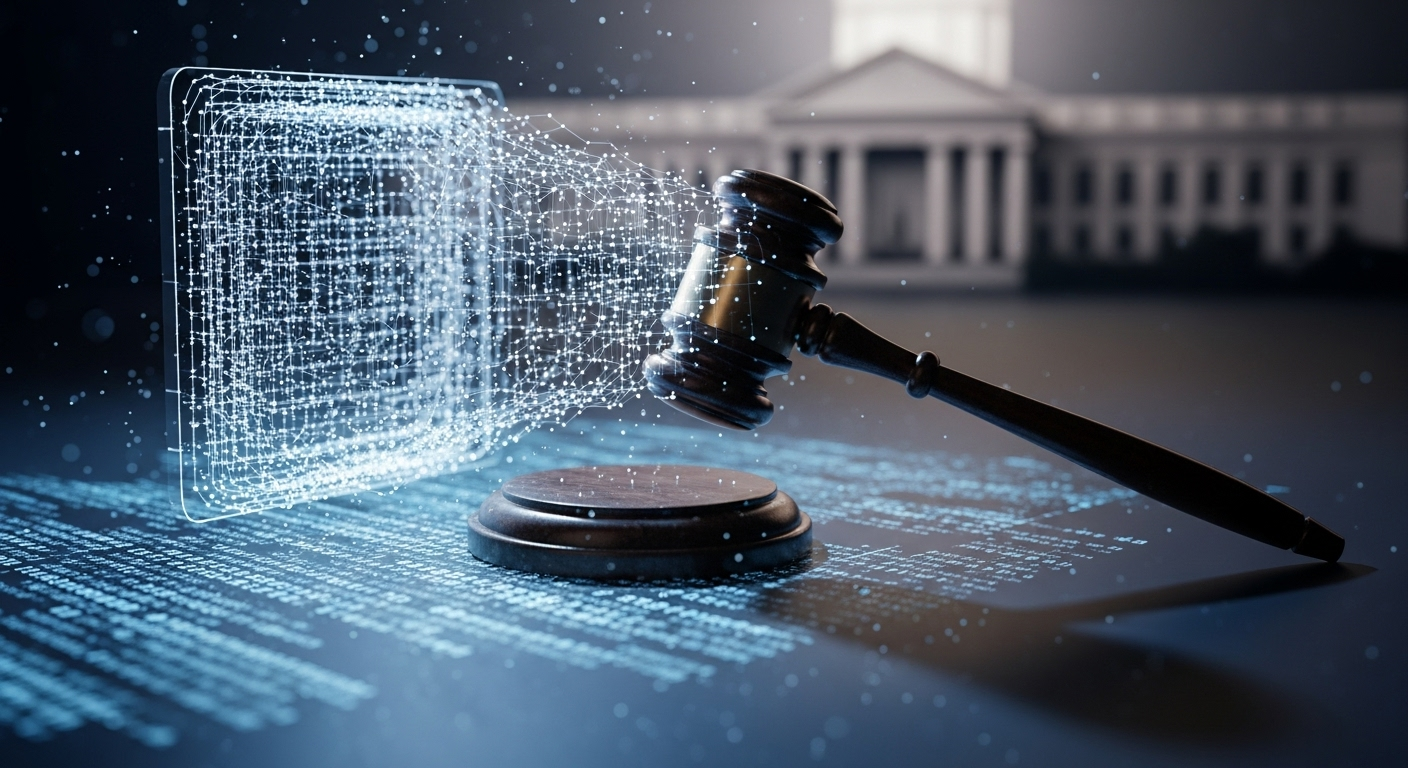Algorithmic Fairness in Judicial Decision-Making
Introduction: The integration of artificial intelligence in courtrooms is reshaping the landscape of judicial decision-making. As algorithms increasingly assist judges in sentencing and bail decisions, a critical examination of their impact on fairness and justice is imperative. This article delves into the complexities of algorithmic fairness in the legal system, exploring its potential benefits and inherent challenges.

Proponents argue that AI can enhance efficiency, consistency, and objectivity in the legal system. By processing large volumes of data quickly and identifying patterns that humans might overlook, these tools aim to provide judges with more comprehensive information to support their decision-making. Additionally, advocates suggest that algorithmic assessments can help reduce human bias and promote more equitable outcomes.
Challenges of Algorithmic Fairness
Despite the potential benefits, the implementation of AI in judicial processes raises significant concerns about fairness and equity. One primary challenge lies in the potential for algorithmic bias. AI systems are trained on historical data, which may reflect and perpetuate existing societal biases and discriminatory practices. Consequently, these algorithms risk reinforcing systemic inequalities in the justice system.
Another critical issue is the lack of transparency in many AI decision-making processes. The complexity of machine learning algorithms often makes it difficult for judges, defendants, and the public to understand how decisions are reached. This opacity can undermine due process and the right to a fair trial, as individuals may be unable to effectively challenge or appeal decisions based on algorithmic recommendations.
Legal and Ethical Implications
The integration of AI in judicial decision-making raises profound legal and ethical questions. Courts and lawmakers grapple with how to balance the potential benefits of algorithmic tools with fundamental principles of justice and individual rights. Key considerations include the right to due process, equal protection under the law, and the presumption of innocence.
Legal scholars and practitioners debate whether the use of AI in sentencing and bail decisions violates constitutional rights. Some argue that relying on algorithmic assessments may infringe upon a defendant’s right to an individualized hearing and consideration of their unique circumstances. Additionally, concerns arise about the potential for AI to exacerbate racial and socioeconomic disparities in the criminal justice system.
Regulatory Frameworks and Oversight
As the use of AI in courtrooms expands, policymakers and legal experts are working to develop regulatory frameworks to ensure algorithmic fairness and accountability. Several jurisdictions have introduced legislation aimed at promoting transparency and fairness in the use of AI in the justice system. These efforts often focus on mandating regular audits of algorithmic tools, requiring disclosure of their use in court proceedings, and establishing mechanisms for challenging AI-assisted decisions.
Some proposed regulations call for the creation of independent oversight bodies to monitor and evaluate the impact of AI on judicial processes. These entities would be responsible for assessing the accuracy, fairness, and potential biases of algorithmic tools used in courtrooms. Additionally, they would work to establish standards for the development and deployment of AI in legal settings.
Future Directions and Ethical Considerations
As technology continues to advance, the role of AI in judicial decision-making is likely to evolve. Legal experts and technologists are exploring ways to improve algorithmic fairness and mitigate potential biases. Some proposed solutions include developing more diverse and representative training data sets, implementing explainable AI models that provide clear reasoning for their decisions, and incorporating human oversight and discretion in the use of AI tools.
Ethical considerations remain at the forefront of discussions surrounding AI in the justice system. Legal professionals, policymakers, and technologists must grapple with questions of accountability, transparency, and the appropriate balance between human judgment and algorithmic assistance. As society navigates these complex issues, ongoing dialogue and collaboration between various stakeholders will be crucial in shaping a fair and just legal system in the age of artificial intelligence.
In conclusion, the integration of AI in judicial decision-making presents both opportunities and challenges for the legal system. As courts and policymakers continue to grapple with the implications of algorithmic fairness, it is essential to prioritize transparency, accountability, and the protection of individual rights. By carefully considering the ethical and legal ramifications of AI in courtrooms, society can work towards harnessing the potential of technology while upholding the fundamental principles of justice and equality under the law.





